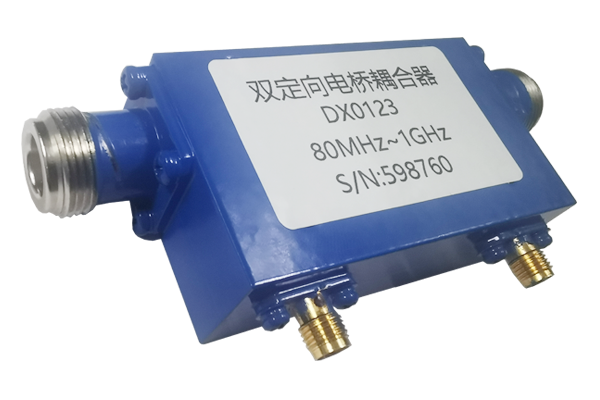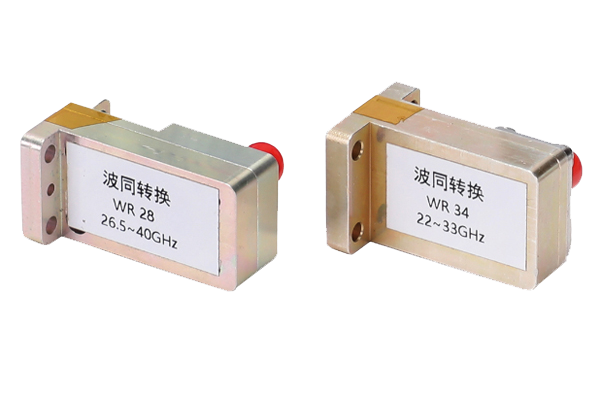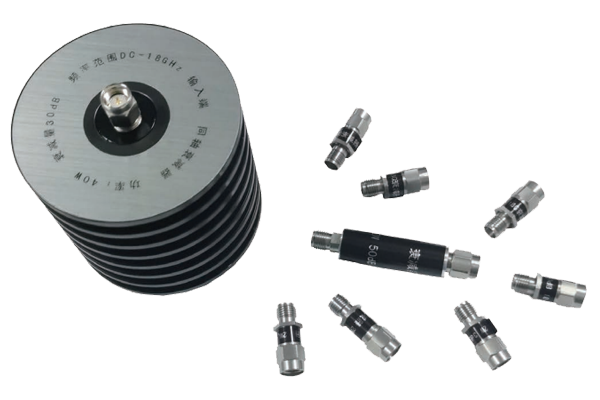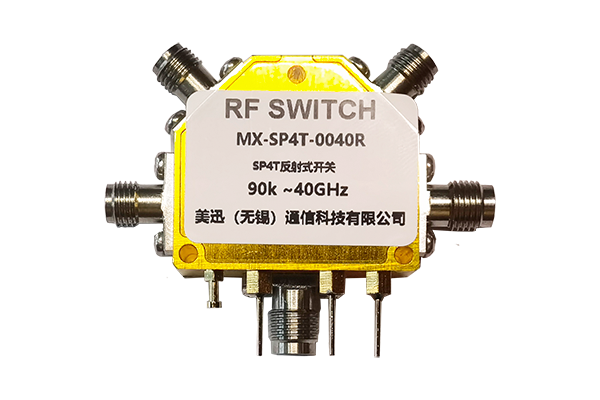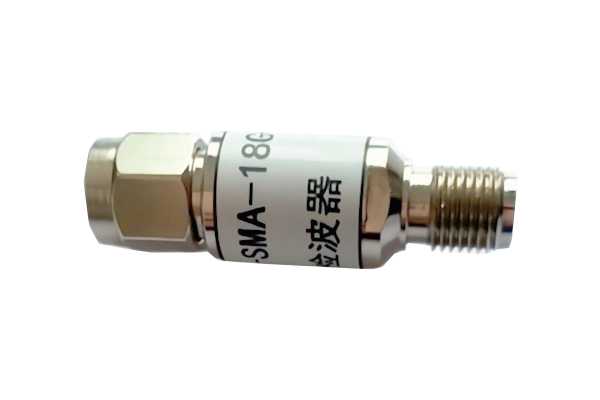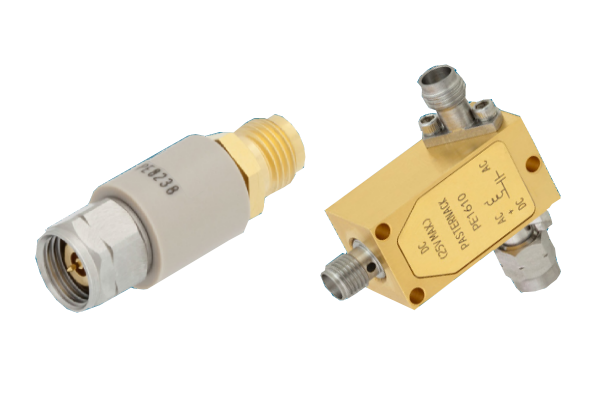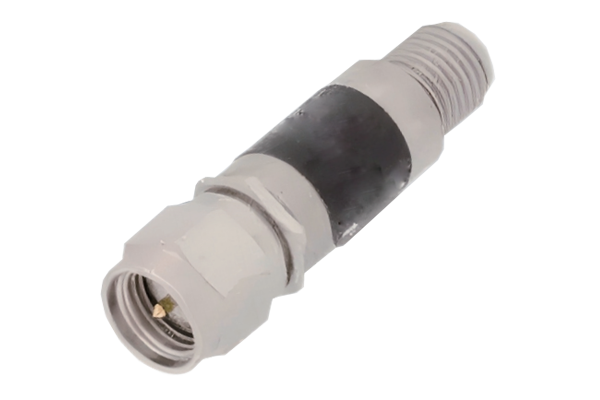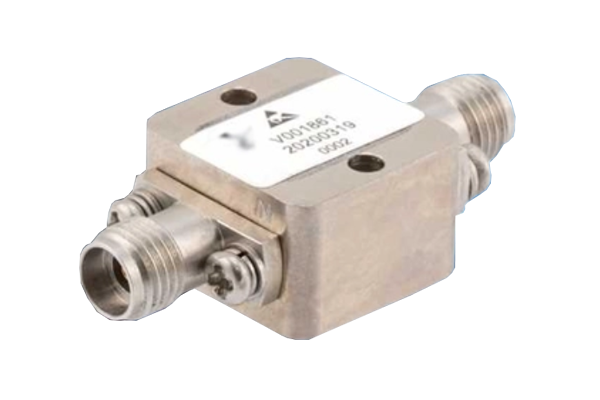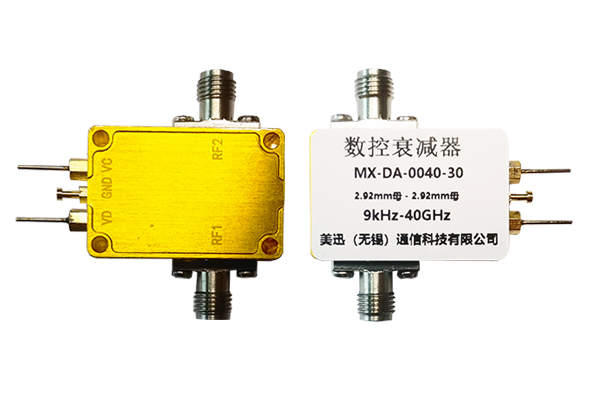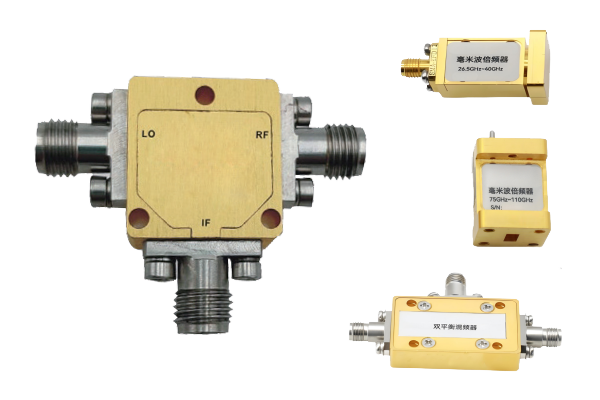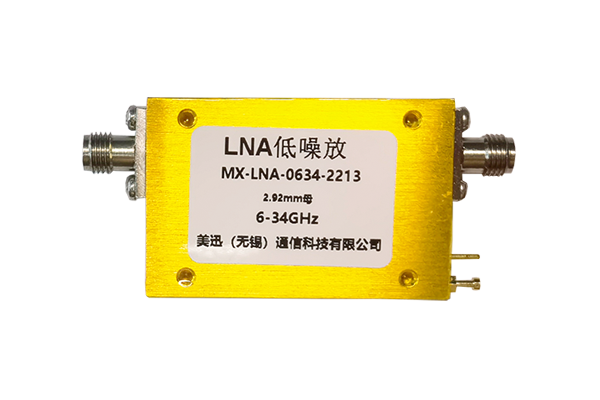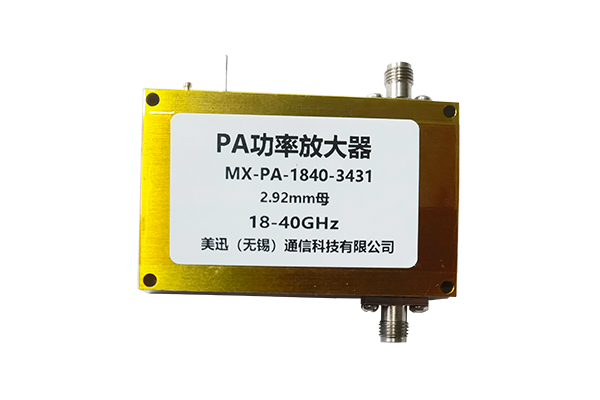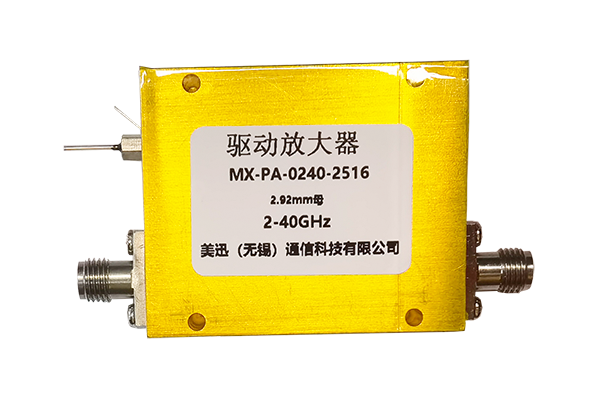What is the role of PIN diode switch in RF circuits
Signal routing and switching: In complex RF systems, different RF signal sources are often required to be connected to different loads or processing modules. PIN diode switches can quickly and accurately realize the switching of signal paths, so that RF signals are transmitted in different paths according to the requirements of the system. For example, in a wireless communication system with multiple antennas, PIN diode switches can be used to select the RF signal to be connected to a specific antenna for transmission or reception as needed to realize the switching function of the antenna.
Signal modulation and demodulation: In RF modulation and demodulation circuits, PIN diode switches can be used to control the on/off and phase change of signals, thereby realizing modulation and demodulation operations on RF signals. For example, in some amplitude modulation (AM) or phase modulation (PM) circuits, by controlling the on/off of PIN diode switches, the amplitude or phase of the signal can be changed to realize the modulation function; in the demodulation process, PIN diode switches can also be used to perform specific processing on the modulated signal to help restore the original baseband signal.
Power control and limiting: PIN diode switches can be used in RF power control circuits. By controlling the bias current of the PIN diode, its on-resistance can be adjusted to achieve attenuation or amplification of the RF signal power. In addition, the PIN diode switch can also be used as a limiter. When the power of the RF signal exceeds a certain threshold, the PIN diode switch enters a saturated conduction state, limiting the amplitude of the signal and preventing subsequent circuits from being damaged by excessive power.
Impedance matching and tuning: In RF circuits, good impedance matching is essential for efficient signal transmission. PIN diode switches can form a tunable impedance matching network together with other RF components (such as inductors and capacitors). By controlling the state of the PIN diode switch, the parameters of the matching network can be changed to adjust the input and output impedance of the RF circuit to adapt to different operating frequencies and load conditions, improve signal transmission efficiency, and reduce reflection losses.






